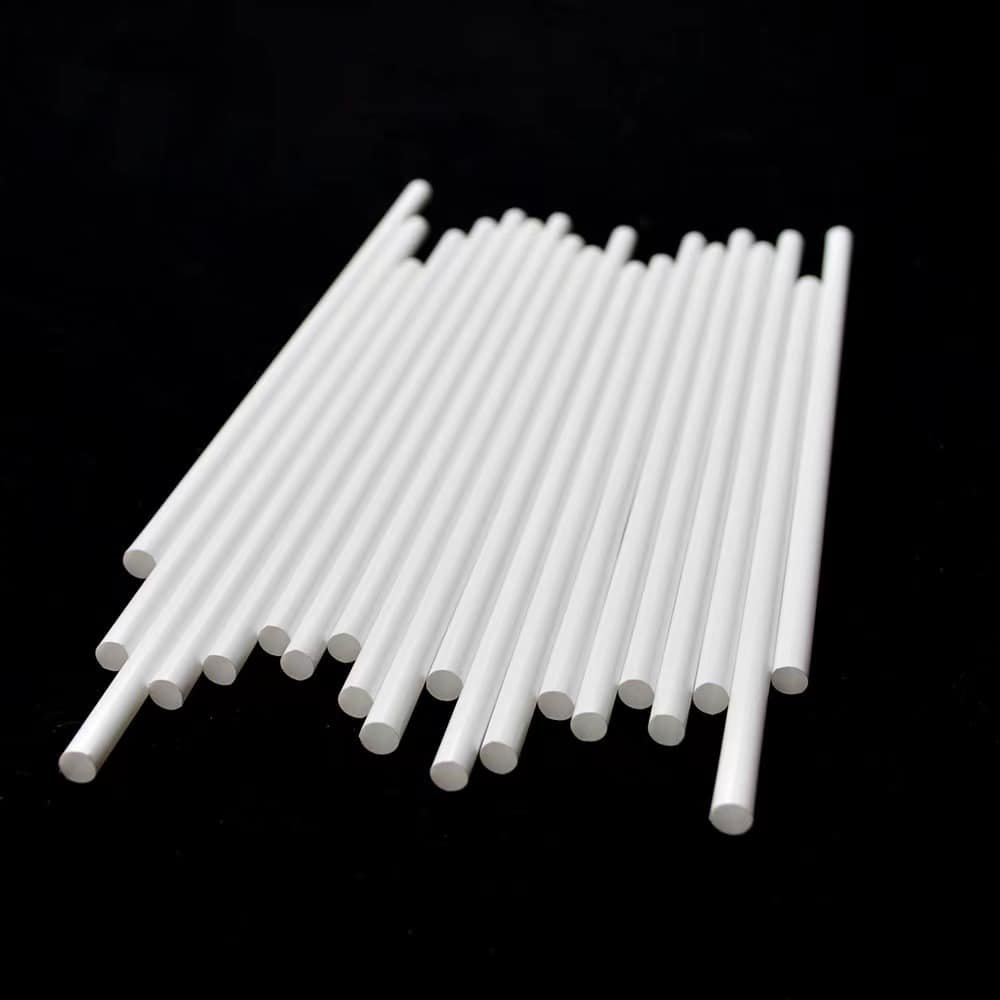Both PLA (Polylactic Acid) and PHA (Polyhydroxyalkanoates) straws are alternatives to traditional petroleum-based plastic straws, but they are made from different polymers and have distinct properties and characteristics. Here’s a comparison between PLA and PHA straws:
1. Source:
PLA: Derived from renewable resources like cornstarch or sugarcane. It’s a thermoplastic aliphatic polyester.
PHA: Produced by bacterial fermentation of sugar or lipids. It’s a biopolymer synthesized by microorganisms under certain conditions.
2. Biodegradability:
PLA: Biodegradable in industrial composting facilities with high temperatures and specific conditions, but can be problematic in natural environments like oceans where it can behave similarly to traditional plastics.
PHA: Biodegradable in a wider range of environments, including marine environments, soil, and home compost.

3. Mechanical Properties:
PLA: Tends to be brittle and can have a high modulus (stiff). Its properties can be modified by blending with other polymers or additives.
PHA: Has a broader range of mechanical properties, depending on the specific type of PHA and its production method. Some PHAs can be quite flexible.
4. Production Scale:
PLA: PLA was more widely produced and commercialized than PHA.
PHA: Production of PHA has been on a smaller scale compared to PLA, but interest in it has been growing due to its broader biodegradability profile.

5. End-of-Life:
PLA: Ideally should be sent to industrial composting facilities. In landfill conditions, it can behave like traditional plastics and not degrade for a long time. If it ends up in marine environments, it doesn’t break down readily.
PHA: More versatile in terms of end-of-life options. Can break down in natural environments, including marine conditions.
6. Applications:
PLA: Beyond straws, PLA has found applications in packaging, textiles (like “green” polyester), and even in 3D printing.
PHA: Besides straws and packaging, PHA can be used in medical applications due to its biocompatibility.
In conclusion, while both PLA straws and PHA straws are bioplastics and alternatives to petroleum-based plastics, they have different properties, applications, and environmental implications. It’s essential to choose the appropriate material based on the intended application and disposal method.
